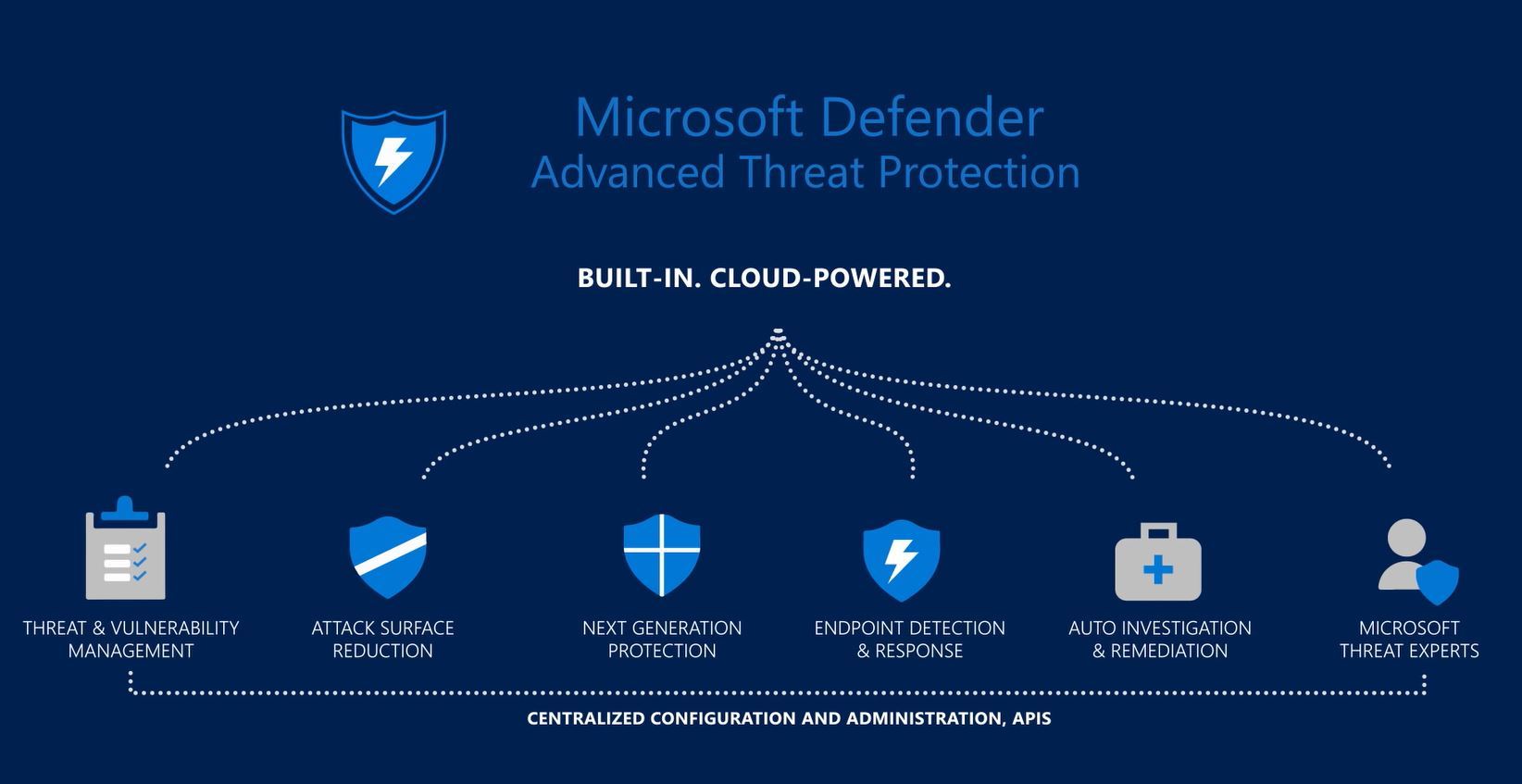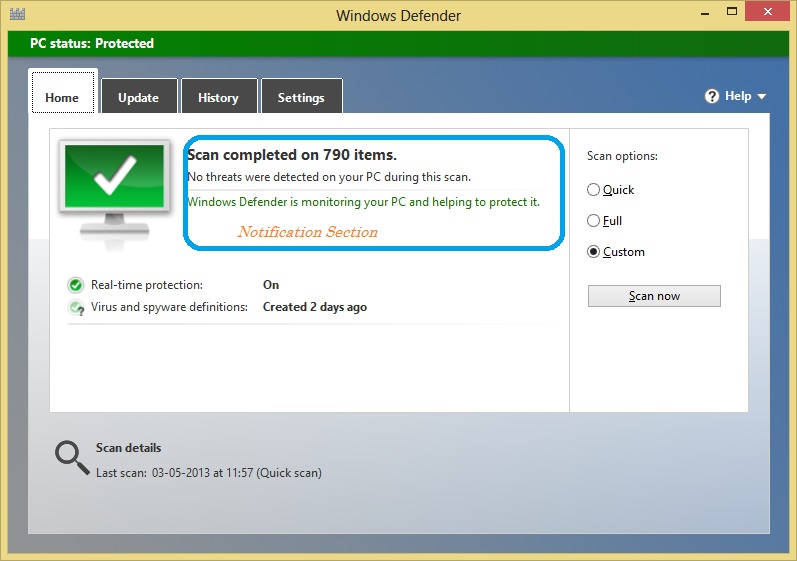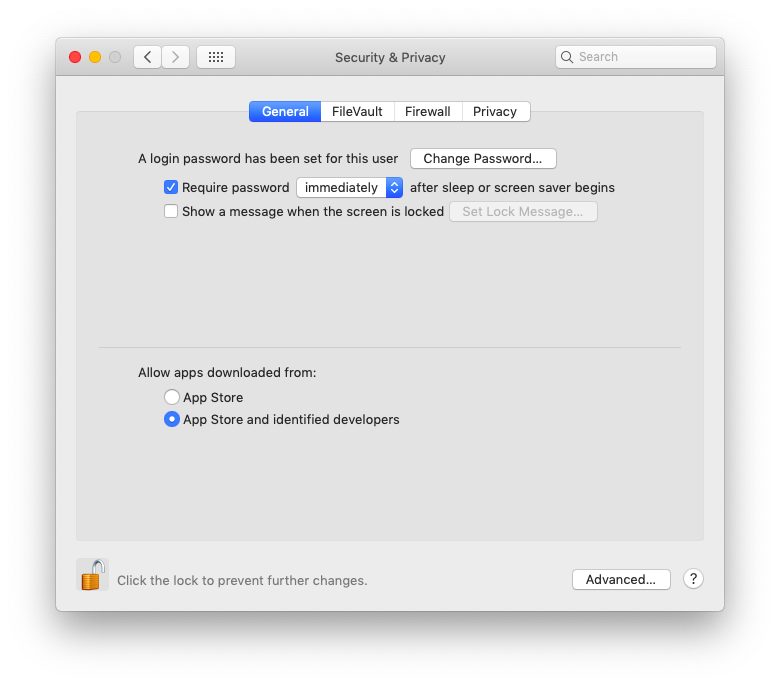
Under Cloud Service Settings we define how to handle cloud delivered protection, diagnostics level and automatic sample submissions. not allowing users to define their own settings for threat types. restricted users from allowing threats or removing threats from quarantine, threat type settings set to 37.block unwanted applications and 43. excluded “/var/log/system.log”, 27.disabled users from creating their own exceptions, 30/31. I have configured this with the following: 3. The keys is antivirusEngine, cloudService, edr and userInterface. In the full configuration file you have keys and you have underlying settings. I recommend you to start by downloading a recommended configuration file from, at the same place you will also find a full configuration version. Threat Type settings with actions to take.Exclusion Merge to restrict local users from adding their own exclusions.Some of the things we would like to configure is the following: The configuration profile is basically a XML file containing all your configuration settings for Defender ATP. This is part of the on-boarding package and is required for MDATP to work.

If you want to enforce update ring or change behavior this must be configured.


Required configuration for MDATP to work on macOS Catalina But before we go into the details of this let us have a look of what else is needed. We have kext.xml which is for configuring kernel extensions on your macOS devices, and the WindowsDefenderATPOnboarding.xml that contains your tenant on-boarding information.

Delete the jamf folder as we are using Intune to do this. In this folder you find a folder for Jamf and a folder for Intune. You will now get a file called WindowsDefenderATPOnboardingPackage.zip in your Downloads folder.


 0 kommentar(er)
0 kommentar(er)
